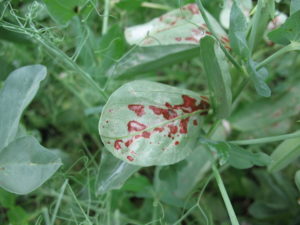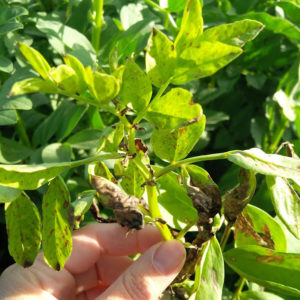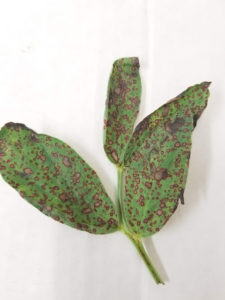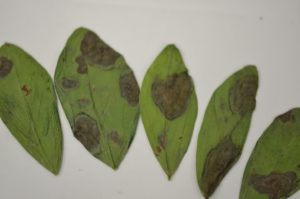Faba Bean – Foliar Diseases
Chocolate Spot – Botrytis
Resource: Chocolate Spot in Faba Beans |
|
CAUSED BY |
|
SYMPTOMS |
|
PREVENTION AND CONTROL |
|
IMPACT |
|
Stemphylium Blight
|
|
CAUSED BY |
|
SYMPTOMS |
|
PREVENTION AND CONTROL |
|
IMPACT |
|
Sclerotinia Stem Rot (White Mould) |
|
CAUSED BY |
|
SYMPTOMS |
|
PREVENTION AND CONTROL |
|
IMPACT |
|
Other foliar diseases of less economic importance to faba bean include Ascochyta Blight, Aster Yellows, Powdery Mildew, and Rust.
Ascochyta Blight |
|
CAUSED BY |
|
|
SYMPTOMS |
|
PREVENTION AND CONTROL |
|
Aster Yellows |
|
CAUSED BY |
|
SYMPTOMS |
|
PREVENTION AND CONTROL |
|
Powdery Mildew |
|
CAUSED BY |
|
SYMPTOMS |
|
PREVENTION AND CONTROL |
|
Rust |
|
CAUSED BY |
|
SYMPTOMS |
|
PREVENTION AND CONTROL |
|
Special thanks to Saskatchewan Pulse Growers.




